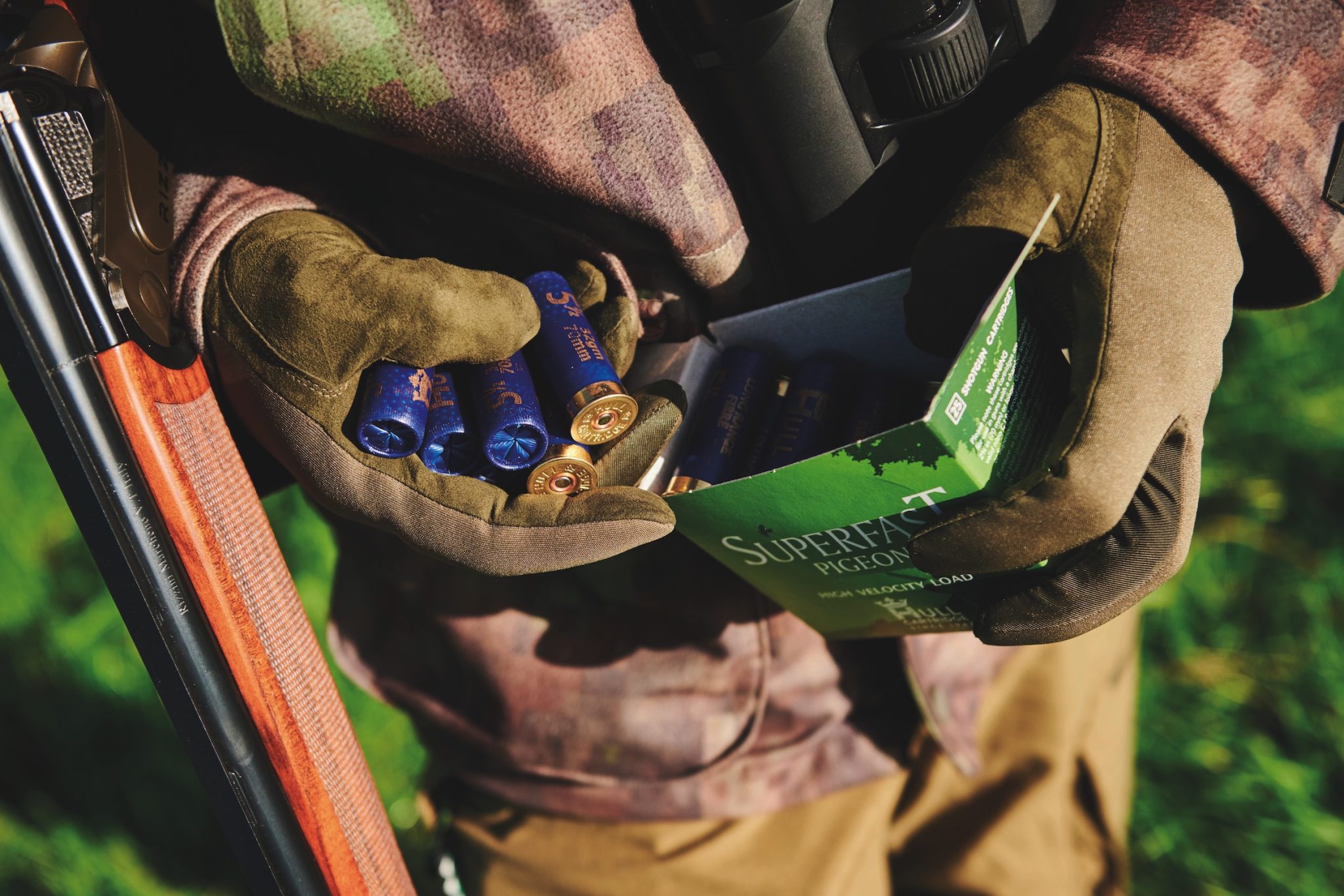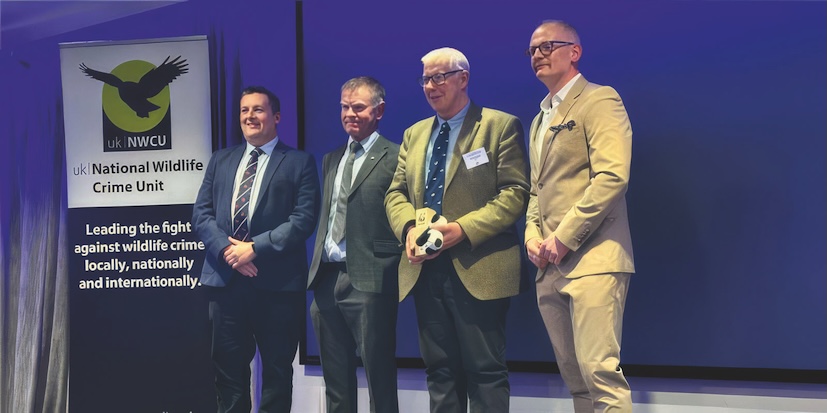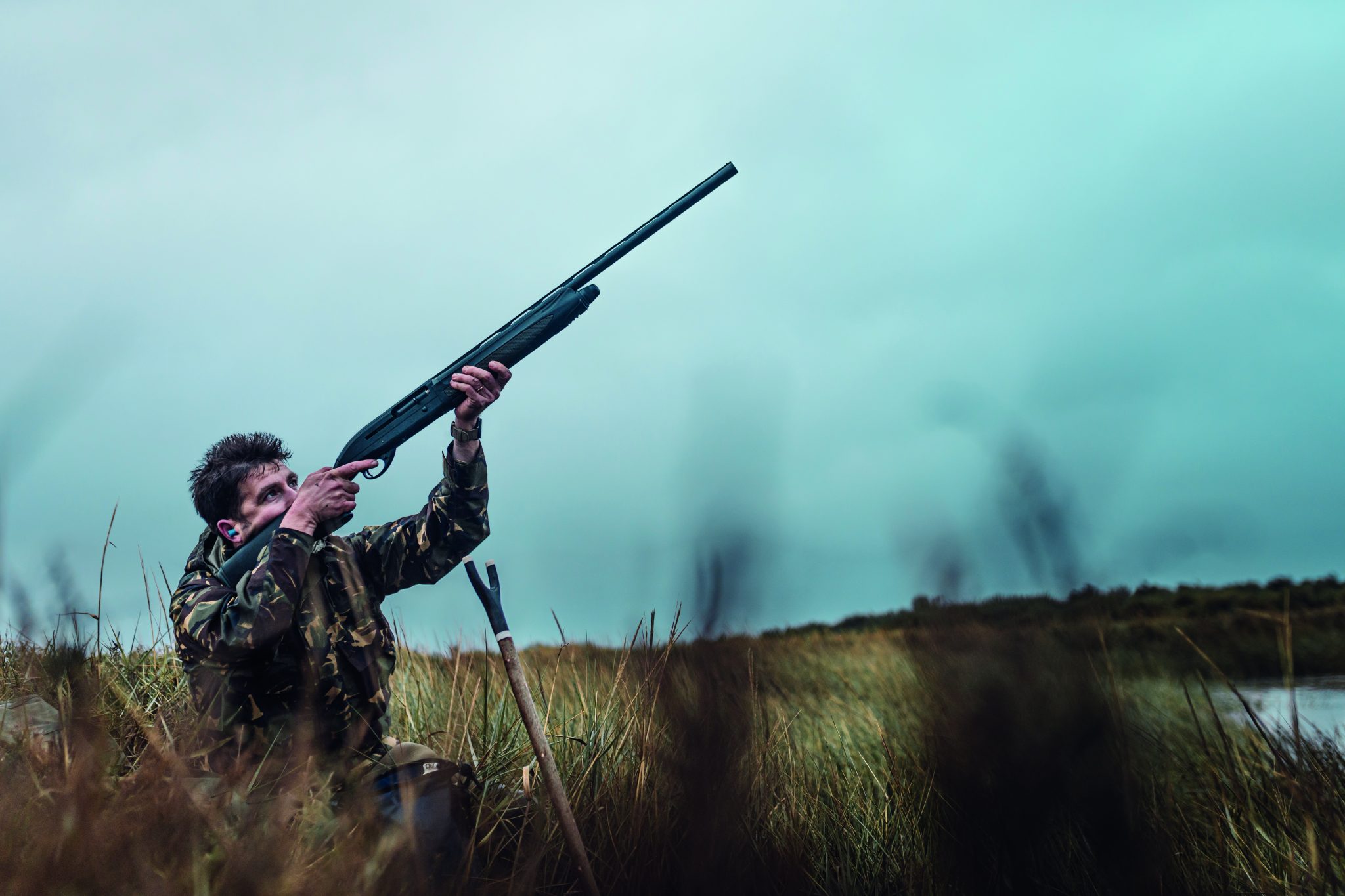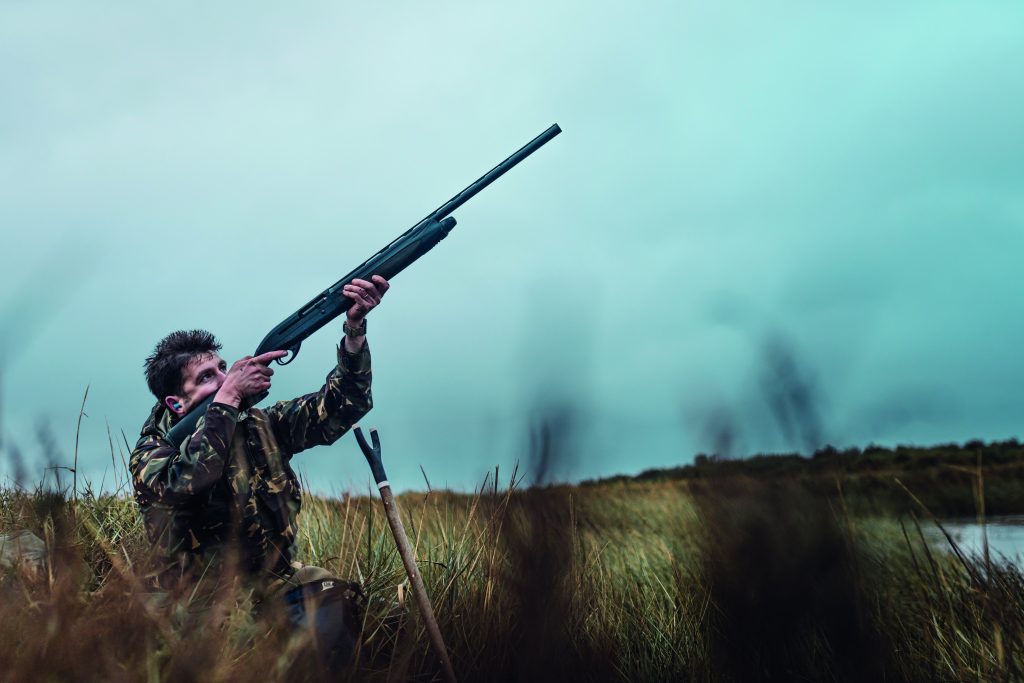Win CENS ProFlex DX5 earplugs worth £1,149 – enter here
Ravens: facing facts
<strong>A study has found no strong evidence that ravens have an impact on wader numbers. Professor Steve Redpath explains why it stands up to its critics</strong>

In recent weeks, much has been written in Shooting Times about the impact of ravens on upland waders, including criticism of research conducted by me and Dr Arjun Amar of the RSPB (News, 24 February, 3 March and 17 March).
First, some background information. As witnessed from articles in this magazine and elsewhere, there is concern that increasing raven populations are having an impact on wader and grouse populations. We all know that ravens will take eggs and chicks of ground-nesting birds, but this does not mean that ravens will therefore have a large impact on populations of their prey.
There are two ways of exploring the impact of ravens on waders. One approach is to manipulate experimentally raven numbers and measure the response in wader populations, much as the Game & Wildlife Conservation Trusts nine-year upland predation experiment at Otterburn, in Northumberland, has done for other predators. A second approach is to explore existing data to see if high raven numbers are associated with declines in waders. It seemed to us that the latter route was the most sensible and cost-effective starting point.
A lack of evidence
For those who havent read our study, we used the most comprehensive data available bird surveys from the 1980s and 2000s across 1,700km² of key upland wader habitat, including sites with large and increasing raven populations, such as the moors of Berwyn and north-east Scotland. We expected that any widespread impacts of ravens on waders would have had a strong signal in these analyses, but they didnt. We could find no strong evidence that ravens were associated with wader population change. Interestingly, though, there was tentative evidence that increases in ravens may have been associated with declines of both lapwings and curlew, and we recognise that these relationships merit further research.
Addressing the critics
We understand that there is continued strong feeling about the potential impact of ravens on waders and grouse. However, we consider it essential that such concerns are addressed through robust, objective science. Our study attempted to do this, much as we have done on our work with hen harriers and red grouse. We recognise that studies based on correlation such as ours are not as robust as experimental evidence and, indeed, in our paper we suggest that further research should be based on a replicated experiment. Unfortunately, such an approach would take time and be costly. It is currently unclear who would be willing to pay for such a study.
The debate about the management and conservation of predators, be they ravens, harriers or badgers, raises issues to do with science, advocacy and local knowledge. Conflicts between different sectors can only be resolved through the development of trust and understanding. We welcome opportunities to improve dialogue between scientists and land managers, as developed by Natural England and The Environment Council for hen harriers. We have to move away from provocative and unhelpful statements about ravens being devious and hungry birds vandals of the moorland (News, 17 March). Instead, we should sit down and objectively view the evidence and the uncertainties together, then agree how to move forward based on science.
Professor Steve Redpath is the director of the Aberdeen Centre for Environmental Sustainability at the University of Aberdeen.
Related Articles
Get the latest news delivered direct to your door
Subscribe to Shooting Times & Country
Discover the ultimate companion for field sports enthusiasts with Shooting Times & Country Magazine, the UK’s leading weekly publication that has been at the forefront of shooting culture since 1882. Subscribers gain access to expert tips, comprehensive gear reviews, seasonal advice and a vibrant community of like-minded shooters.
Save on shop price when you subscribe with weekly issues featuring in-depth articles on gundog training, exclusive member offers and access to the digital back issue library. A Shooting Times & Country subscription is more than a magazine, don’t just read about the countryside; immerse yourself in its most authoritative and engaging publication.






